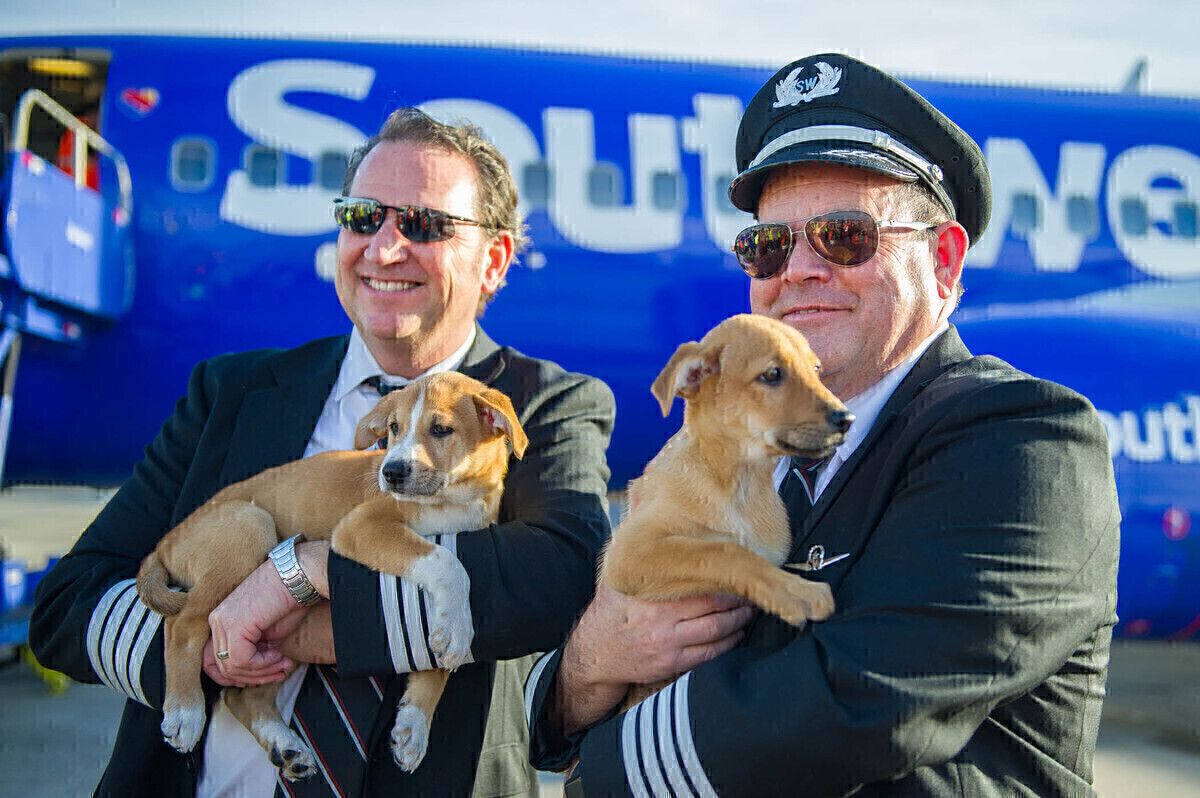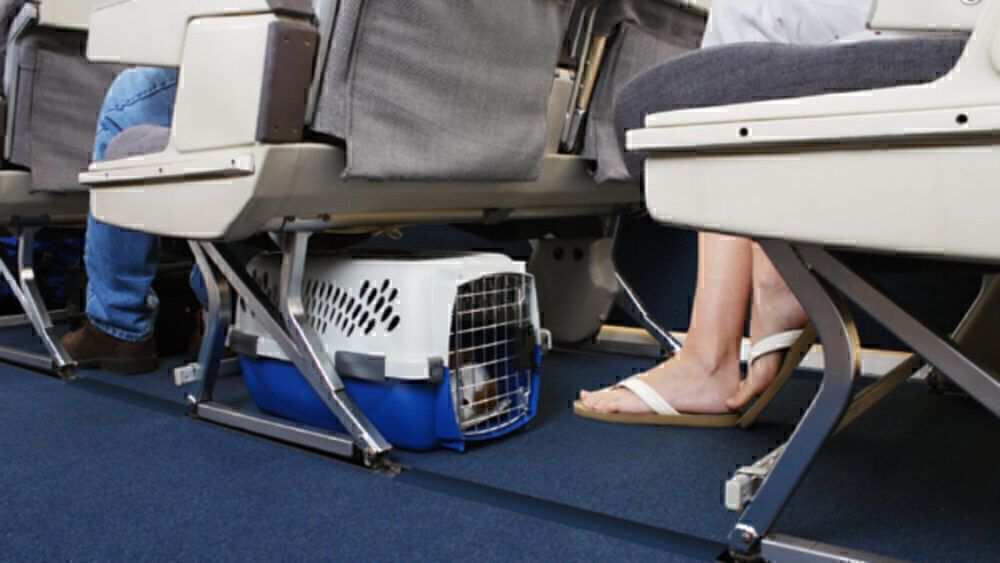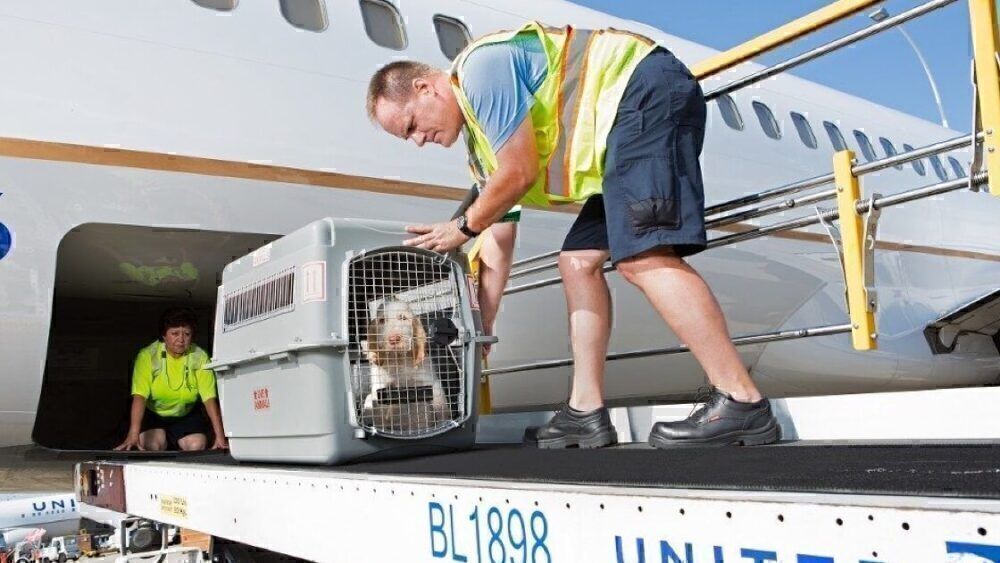Since the implementation of the Department of Transportation ruling allowing airlines to refuse emotional support animals onboard, only two US carriers have taken the plunge and issued a ban. Will others follow in their footsteps? Let’s take a look.
Right to ban ESAs
Following lengthy campaigning by US airlines, a rule was passed late last year finally allowing carriers to ban emotional support animals from their cabins. The final ruling, announced by the Department of Transpiration on December 2nd, set out to change the way people fly with their animals and to allow airlines to refuse their carriage altogether.
The document, which runs to 125 pages, sets out exactly what a service animal is, separates this classification from that of emotional support animals, and gives airlines the flexibility to charge for ESA carriage. It also gives them the right to refuse carriage entirely.
For airlines, the ESA concept has been a tricky one to deal with. Over the years, we’ve seen everything from pigs to peacocks and even a small horse traveling in passenger cabins under the ESA tag. Now, airlines have the right to ban ESAs in the cabin, only to allow dogs to be service animals, and to limit passengers to two service animals onboard.
The rule change came into force 30 days after the notice was published, which means that now, as we progress through January, we’re starting to see the effects take shape. Alaska Airlines became the first to ban ESAs from its planes, closely followed yesterday by American Airlines. Will other airlines move to ban these animals from their cabins?
Stay informed: Sign up for our daily aviation news digest.
Will other airlines follow suit?
The groundwork has been laid for all US airlines to ban ESAs from traveling in the cabin. Passengers will still be allowed to travel with pets but will need to check them into the hold for a fee. For those airlines that don’t take pets in the hold, passengers may be restricted to bringing animals that can fit in an under-seat crate in the cabin.
At the present time, no other airlines have announced firm plans to ban ESAs from their planes. Delta Air Lines, which previously tried to ban all ‘pit bull-type dogs,’ told the Guardian recently that the airline was reviewing the new ruling. However, it said that “At this time, there are no changes to Delta’s current service and support animal policies.â€
United Airlines previously banned peacocks and hedgehogs from being used as ESAs, but as yet, has not confirmed that it will issue a blanket ban. Southwest has said it is reviewing its policy, but no changes have been made yet – although it welcomes the ruling.
Airlines don’t have to ban ESAs at all
Of course, the new rules don’t mean airlines need to ban ESAs from their flights; it just gives them the option to do so if they wish. As such, it could be that some carriers decide to go against the ruling and continue to permit ESAs as a point of difference from their competitors.
However, with past stories of ESAs causing disruption on flights, frightening travelers, and even attacking flight attendants, our guess is most, if not all will eventually take this step.
Airlines for American (A4A) has been one of the driving forces behind the campaign to stop ESAs from traveling in the cabin. Its members include Alaska, American, Delta, Hawaiian, JetBlue, Southwest, and United Airlines, all of whom have thrown their weight behind the initiative.
Right now, there are a lot of other issues playing on the minds of airline CEOs. However, given time, it’s likely the majority of US airlines will no longer wish to fly about with poorly behaved menageries parading around their cabins.
What do you think? Is a ban on ESAs the right thing to do? Let us know in the comments.



